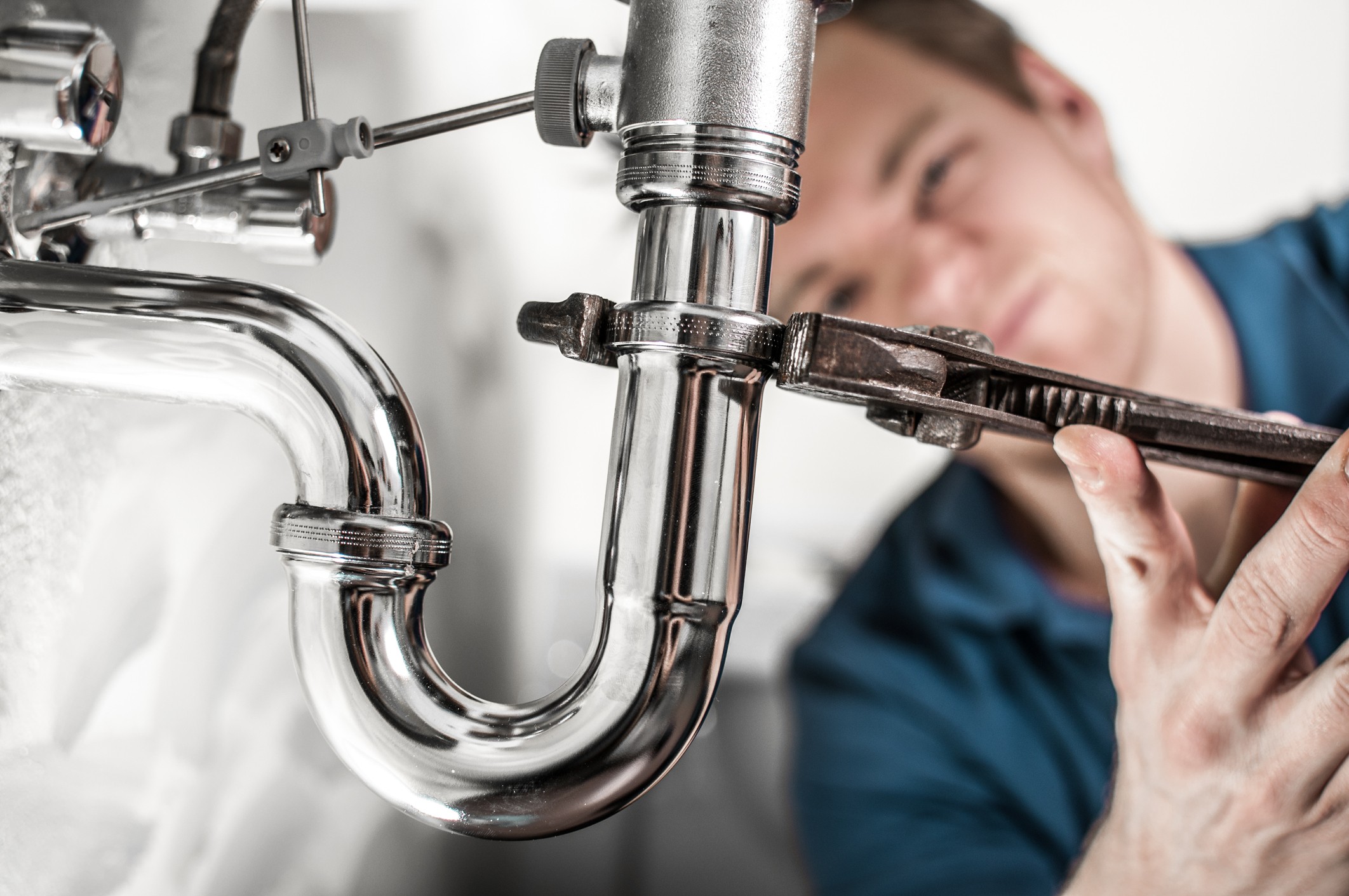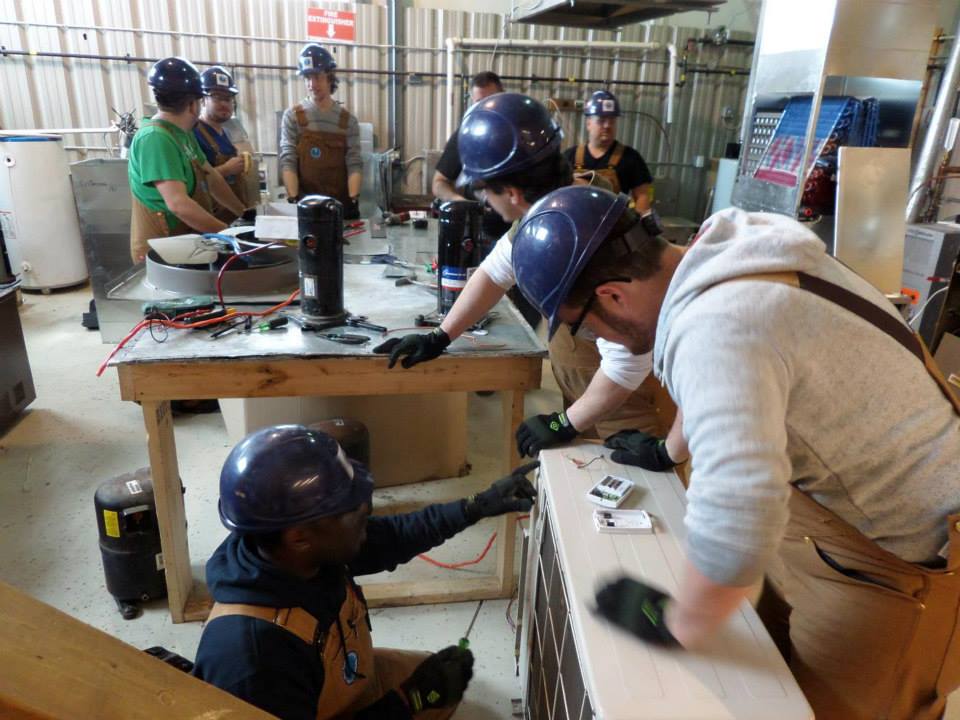A Step-by-Step Guide to Efficient Hot Water Heater Installation for Optimal Efficiency
Starting the task of setting up a water heating system is a venture that demands precision and an organized strategy for achieving optimum efficiency. The procedure begins with the critical decision of selecting the proper heating system tailored to the particular requirements of your family, considering elements such as size, energy, and kind source. When chosen, preparing the installment location to meet security standards is extremely important. The journey does not end below. As you proceed, the details of attaching water supply lines and establishing up reputable electrical or gas links wait for, appealing insights right into guaranteeing effectiveness and reliability.
Choosing the Right Hot Water Heater

Following, take into consideration the size and capacity of the hot water heater. It's essential to assess your home's warm water needs, which can differ based upon the variety of passengers and their usage patterns. A system that's as well little may result in insufficient warm water, while a large model could cause unneeded power intake.
Effectiveness ratings additionally play a crucial function in choice. Try to find water heaters with high Power Element (EF) ratings, indicating exceptional efficiency and decreased power usage. Tankless versions, though generally a lot more pricey ahead of time, deal significant power financial savings with time as a result of their on-demand home heating capacities.
Preparing the Installment Location
Prior to installing a new water heating unit, meticulous preparation of the installment location is necessary. It's vital to measure the room very carefully to fit the water heater's measurements, making certain appropriate clearance around the device for effective operation and maintenance.
Next, get rid of any type of debris, dirt, or obstructions from the site to develop a tidy environment. Inspect the flooring for security, as the hot water heater will need a strong, degree surface to operate properly. If necessary, mount a drip frying pan beneath the device to catch prospective leaks or spills, protecting against water damages to the surrounding area. In regions prone to seismic activity, think about mounting seismic bands to safeguard the heater firmly in position.
Additionally, make sure that all needed tools and materials are on hand before commencing the installment. This consists of things such as wrenches, screwdrivers, a degree, and any type of extra hardware required for placing and safeguarding the heating system. A well-prepared setup area sets the structure for an effective water heating system arrangement, maximizing efficiency and security.
Connecting Supply Of Water Lines
When linking supply of water lines to your newly installed hot water heater, it is critical to guarantee that all connections are leak-free and protected to maintain efficient procedure and stop water damage. Begin by identifying the cold and hot water supply lines. The cool water inlet is commonly noted with a blue tag or a "C", while the hot water outlet is marked with a red label or an "H".
Use adaptable water heating unit connectors to assist in a simpler setup procedure. Prior to attaching the ports, place a plumbing professional's tape around the threaded ends of the water heating unit's inlet and electrical outlet pipes.
As soon as connections remain in location, gradually switch on the primary water valve. Check each link for leaks by aesthetically really feeling and checking for wetness. Tighten up links as required, and make certain the pressure alleviation valve is properly set up, securing versus too much stress accumulation.
Establishing Up Electrical or Gas Connections
Effectively establishing up the electrical or gas links for your water heater is a crucial action to make certain safe and efficient operation. For electric water heating units, start by confirming that the electric circuit is suitable with the heating system's voltage and amperage needs.
For gas water heaters, safety is critical. Verify that the gas supply is off before proceeding. Connect the gas line to the hot water heater utilizing a versatile gas port, ensuring it is correctly threaded and sealed with pipeline joint compound or Teflon tape suitable for gas connections. Tighten up the connections with a wrench, making sure not to over-tighten (Water Heater installation Alabaster AL). this article
As soon as links are made, check for any potential leakages. For gas lines, use a soapy water service to the joints; bubbles indicate a leak. For electric connections, ascertain that all wiring is secure and correctly shielded, keeping compliance with neighborhood electrical codes.
Adjusting and checking for Efficiency
With the electric and gas links safely in area, the next step is assessing the functional effectiveness of your water heating system. Begin by meticulously transforming on the water supply and making certain there are no leakages at any of the valves or joints.
Next, do an extensive assessment to guarantee the burner or gas burners are operating appropriately. For electric heaters, utilize a multimeter to validate if the aspects are drawing the appropriate existing. In gas designs, observe the burner fire; it must be steady and blue, showing efficient burning.
Change the settings as essential to get rid of ineffectiveness. Consider applying insulation procedures, such as adding a hot water heater blanket, to further enhance efficiency by minimizing heat loss. Furthermore, check the anode pole's condition, as a deteriorated rod can minimize effectiveness and cause tank corrosion.
Final Thought
Efficient water heating system installation is critical for making sure optimal performance and energy financial savings. By selecting the proper type and dimension, and diligently preparing the installation location, a structure for success is established. Safely attaching water lines and thoroughly establishing up electrical or gas connections decrease potential problems. Comprehensive screening for leakages and precise thermostat modifications to 120 ° F boost reliability and effectiveness. Sticking to these her latest blog steps advertises long-term performance and power conservation in property water heating systems.

Properly establishing up the electrical or gas links for your water heating useful content system is an important step to make certain effective and safe procedure. For electrical water heaters, start by confirming that the electrical circuit is compatible with the heating unit's voltage and amperage requirements. Connect the gas line to the water heating unit making use of a versatile gas connector, guaranteeing it is correctly threaded and secured with pipeline joint compound or Teflon tape suitable for gas links.